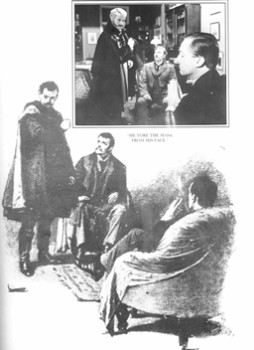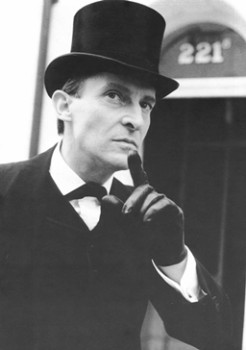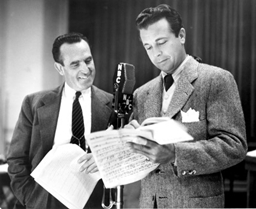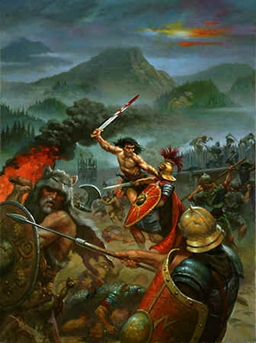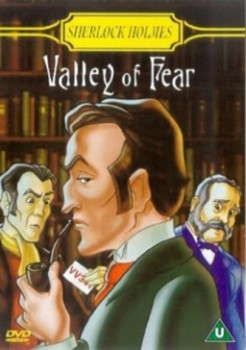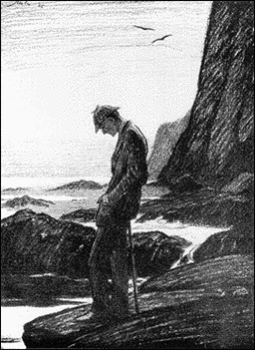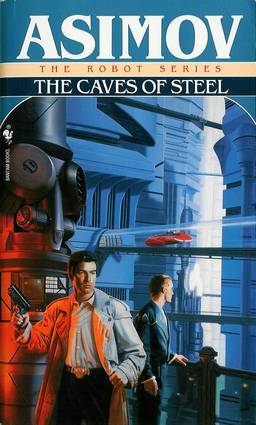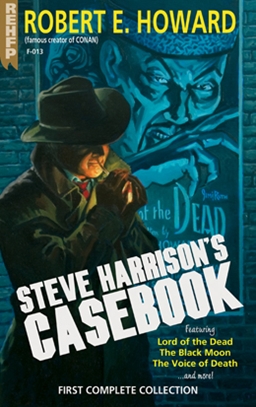The Public Life of Sherlock Holmes: Wrapping up Jeremy Brett’s Adventures
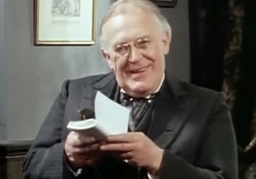 Click here for parts one and two of this look at Jeremy Brett’s The Adventures of Sherlock Holmes.
Click here for parts one and two of this look at Jeremy Brett’s The Adventures of Sherlock Holmes.
The second installment of Granada’s The Adventures of Sherlock Holmes kicked off on August 25, 1985 with The Copper Beeches. Tapped for the role of one of the Canon’s most dastardly villains, Jephro Rucastle, was veteran actor Joss Ackland. Back in 1965 he had starred opposite Douglas Wilmer’s Holmes in The Disappearance of Lady Frances Carfax, playing her former suitor, Philip Green.
Other tangential Holmes-related efforts had included John Cleese’s disastrous parody, The Strange Case of the End of Civilization as We Know It and an episode of the BBC series, The Rivals of Sherlock Holmes, based on the anthologies edited by Hugh Greene.
And in 1989 he would play the King of Sweden in Christopher Lee’s Sherlock Holmes & The Incident at Victoria Falls. Ackland’s Rucastle is one of the most memorable evildoers in the entire Granada series; menacing in a creepy but understated way.
